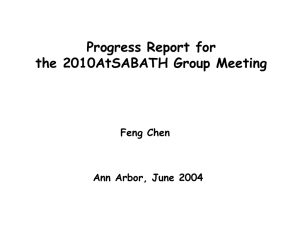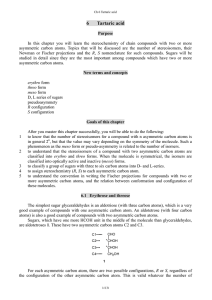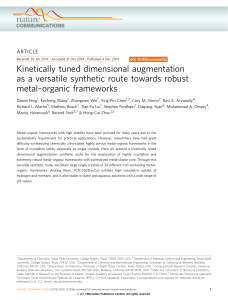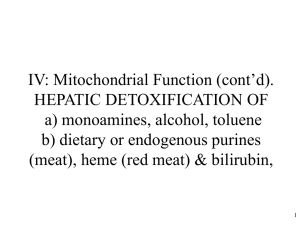ch 1806 - organic reaction mechanism & stereochemistry
advertisement
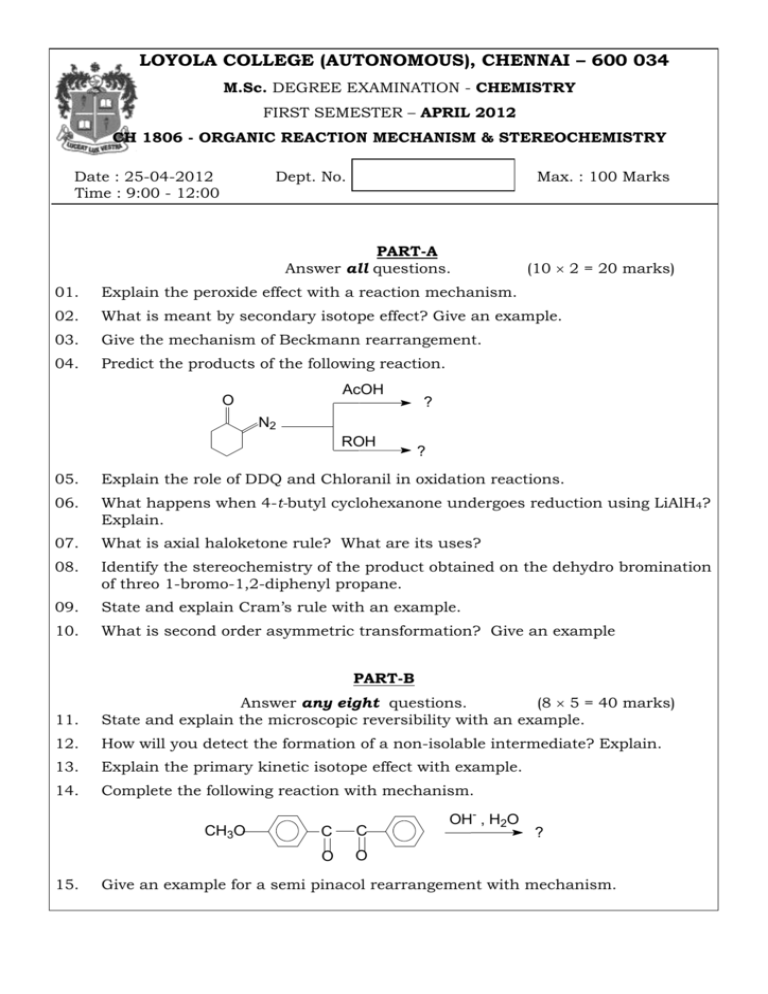
LOYOLA COLLEGE (AUTONOMOUS), CHENNAI – 600 034 M.Sc. DEGREE EXAMINATION - CHEMISTRY FIRST SEMESTER – APRIL 2012 CH 1806 - ORGANIC REACTION MECHANISM & STEREOCHEMISTRY Date : 25-04-2012 Time : 9:00 - 12:00 Dept. No. Max. : 100 Marks PART-A Answer all questions. (10 2 = 20 marks) 01. Explain the peroxide effect with a reaction mechanism. 02. What is meant by secondary isotope effect? Give an example. 03. Give the mechanism of Beckmann rearrangement. 04. Predict the products of the following reaction. AcOH O ? N2 ROH ? 05. Explain the role of DDQ and Chloranil in oxidation reactions. 06. What happens when 4-t-butyl cyclohexanone undergoes reduction using LiAlH4? Explain. 07. What is axial haloketone rule? What are its uses? 08. Identify the stereochemistry of the product obtained on the dehydro bromination of threo 1-bromo-1,2-diphenyl propane. 09. State and explain Cram’s rule with an example. 10. What is second order asymmetric transformation? Give an example PART-B 11. Answer any eight questions. (8 5 = 40 marks) State and explain the microscopic reversibility with an example. 12. How will you detect the formation of a non-isolable intermediate? Explain. 13. Explain the primary kinetic isotope effect with example. 14. Complete the following reaction with mechanism. CH3O 15. C C O O OH- , H2O ? Give an example for a semi pinacol rearrangement with mechanism. 16. Give any two important applications of LAH and NBH with example. 17. Identify the product of the following reactions with mechanism. OsO4 a) ? aq.KMnO4 b) ? 18. Explain the acetolysis of 3-phenyl-2-pentyl tosylate. Find the major product and justify your answer. 19. Explain the following: a) meso-2,3-dibromobutane reacts faster with iodide ion than dl isomer. b) gauche conformation of ethylene glycol is more stabler than anti form. 20. Explain the conformation of cyclohexane with potential energy diagram. 21. Explain the following: a) Asymmetric destruction b) Biochemical asymmetric transformation Discuss the conformational analysis of 1,3-disubstituted cyclohexane. 22. PART-C Answer any four questions. 23. (4 10 = 40 marks) (a) Illustrate with suitable examples the following techniques in determining mechanism of the reaction: (i) Identification of products (ii) Stereo chemical evidences (5) (b) Explain the importance of Von-Ritcher rearrangement in determining reaction mechanism. (5) 24. Explain the mechanism of the following: (a) Fisher-Indole synthesis 25. (b) Claisen rearrangement (5+5) (a) How does pent-3-ene-2-one undergoes addition-elimination reaction? Explain with mechanism. (4) (b) Identify the products of the following reaction O SeO2 (i) ? LTA (ii) ? H2O OH H5IO6 (iii) OH ? (6) 26. a) Explain Mutarotation with two suitable examples. b) Assign R/S configuration to the following: a) COOH H c) b) HO Br Cl H HO O2N HOOC COOH NO2 C7H10 OH OCH3 e) N NO2 Cl HOOC f) HN CO OC NH OC NH H MeO 27. C2H5 OH CH3 d) C7H10 COOH HN CO a) Explain Octant rule with a suitable example. b) Predict the Cotton effect by the sign of the most occupied octant in the following compounds: (i) trans-10-methyl-2-decalone (ii) 2-bromocyclohexan-4-one carboxylic acid 28. a) a) How would you make racemic modifications? Explain reversible formation racemisation and racemization by anion formation. b) Explain all the steps involved in the stereochemical synthesis of reserpine. *****
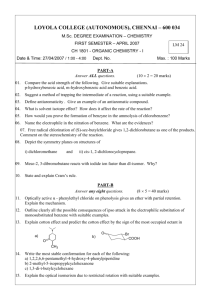
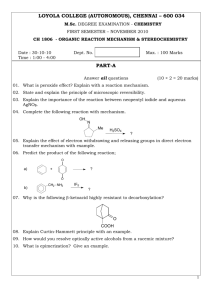
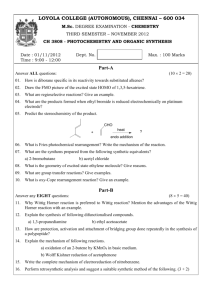

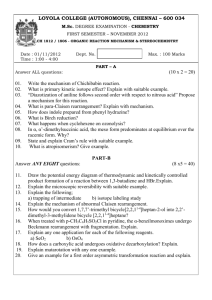
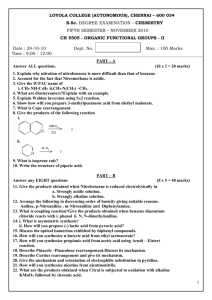



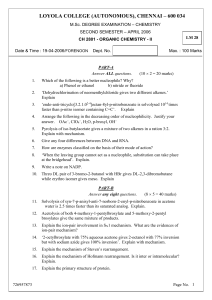
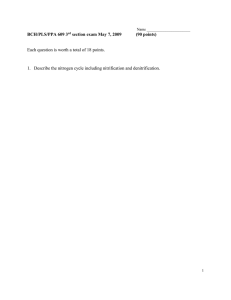
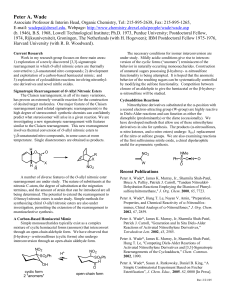
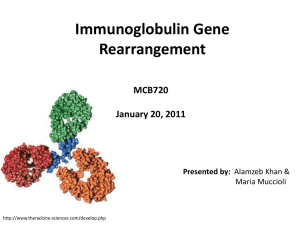
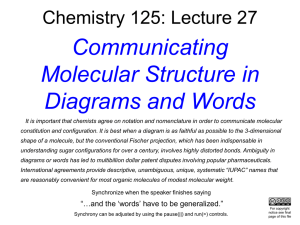
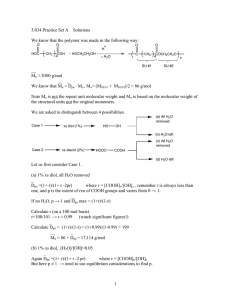
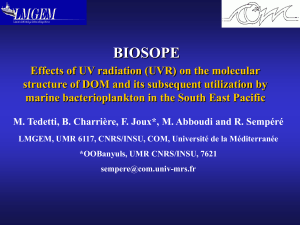
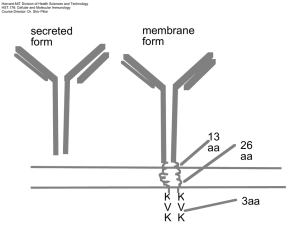
![Efficient computations of [subscript 1] and [subscript ] rearrangement distances Please share](http://s2.studylib.net/store/data/012088925_1-e4f1a3ce02fee4f058d9998efa819234-300x300.png)
